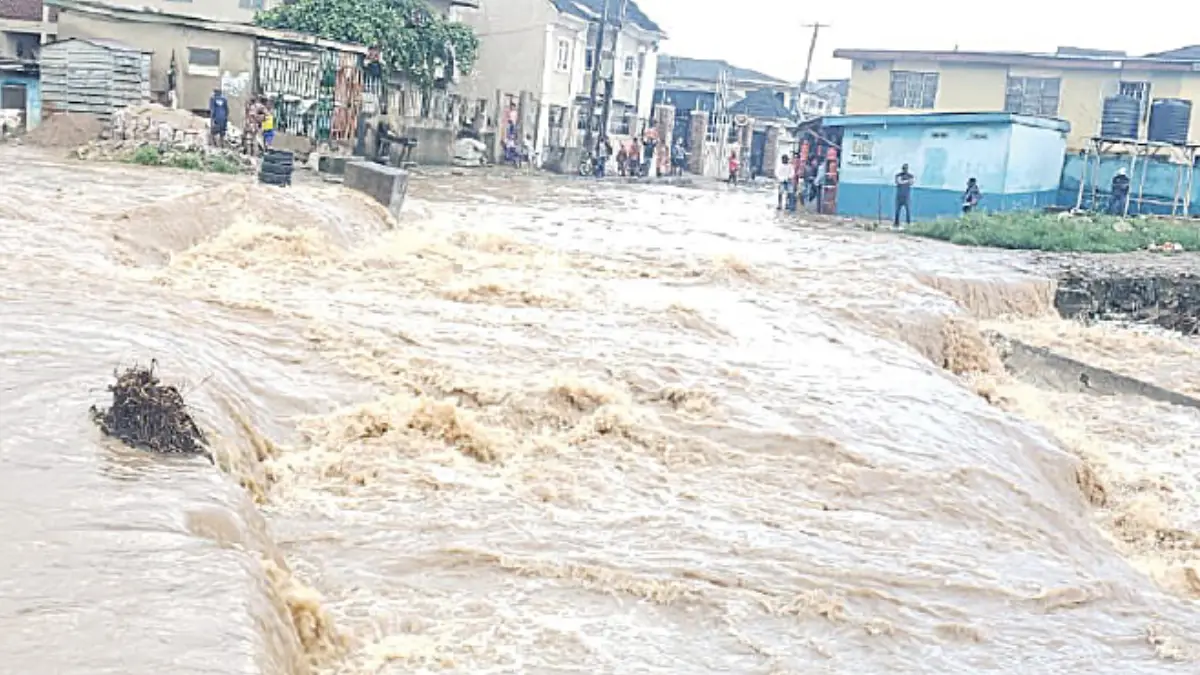- Home
- Uncategorized
- Essential Steps to Take When Your Home is Flooded

Essential Steps to Take When Your Home is Flooded
Flooding in your home can be a distressing experience, but taking immediate and effective action can help mitigate damage and ensure the safety of your family. Here are six essential steps to take if your house is flooded:
1. Ensure Safety First
Evacuate if Necessary: If the flooding is severe, prioritize the safety of your family and evacuate immediately. Follow local emergency services’ instructions and head to higher ground.
Turn Off Utilities: If it’s safe to do so, turn off electricity, gas, and water to prevent further hazards. Avoid touching electrical appliances if you are wet or standing in water.
2. Document the Damage
Take Photos and Videos: Document the extent of the flooding and the damage it has caused. This will be crucial for insurance claims and for repair assessments.
List Damaged Items: Make a detailed inventory of damaged items, including furniture, electronics, and personal belongings. Note the condition and approximate value of each item.
3. Contact Your Insurance Company
Notify Your Insurer: Contact your insurance company as soon as possible to report the flood damage. Provide them with the documentation you’ve gathered.
Understand Your Coverage: Review your insurance policy to understand what is covered and the process for filing a claim. Some policies may cover temporary accommodation if your home is uninhabitable.
4. Start Water Removal and Drying
Remove Standing Water: Use pumps, buckets, or a wet/dry vacuum to remove standing water. Be cautious of contaminated water and wear protective gear.
Dry Out Your Home: Open windows and doors to promote air circulation. Use fans, dehumidifiers, and heaters to accelerate the drying process. Remove wet carpets, furniture, and other soaked items to prevent mold growth.
5. Prevent Mold Growth
Clean and Disinfect: Clean all affected areas with a disinfectant to kill bacteria and prevent mold. Pay special attention to walls, floors, and any other surfaces that came into contact with floodwater.
Monitor for Mold: Even after drying, continue to monitor for mold growth. Mold can appear within 24-48 hours after flooding. If you notice mold, consider hiring a professional for remediation.
6. Begin Repairs and Restoration
Assess Structural Damage: Have a professional inspect your home for structural damage, such as weakened walls, floors, or foundation issues. Address these issues promptly to ensure your home’s safety.
Restore Utilities: Once it’s safe, have professionals restore your utilities. Ensure that all electrical and gas systems are checked before turning them back on.
Repair and Rebuild: Begin the process of repairing and rebuilding damaged areas. This may involve replacing drywall, flooring, and insulation. Keep receipts and records of all repairs and purchases for your insurance claim.
Conclusion
Facing a flood can be overwhelming, but by taking these essential steps, you can protect your family, mitigate damage, and start the recovery process effectively. Remember, safety is paramount, so don’t take unnecessary risks and seek professional help when needed.